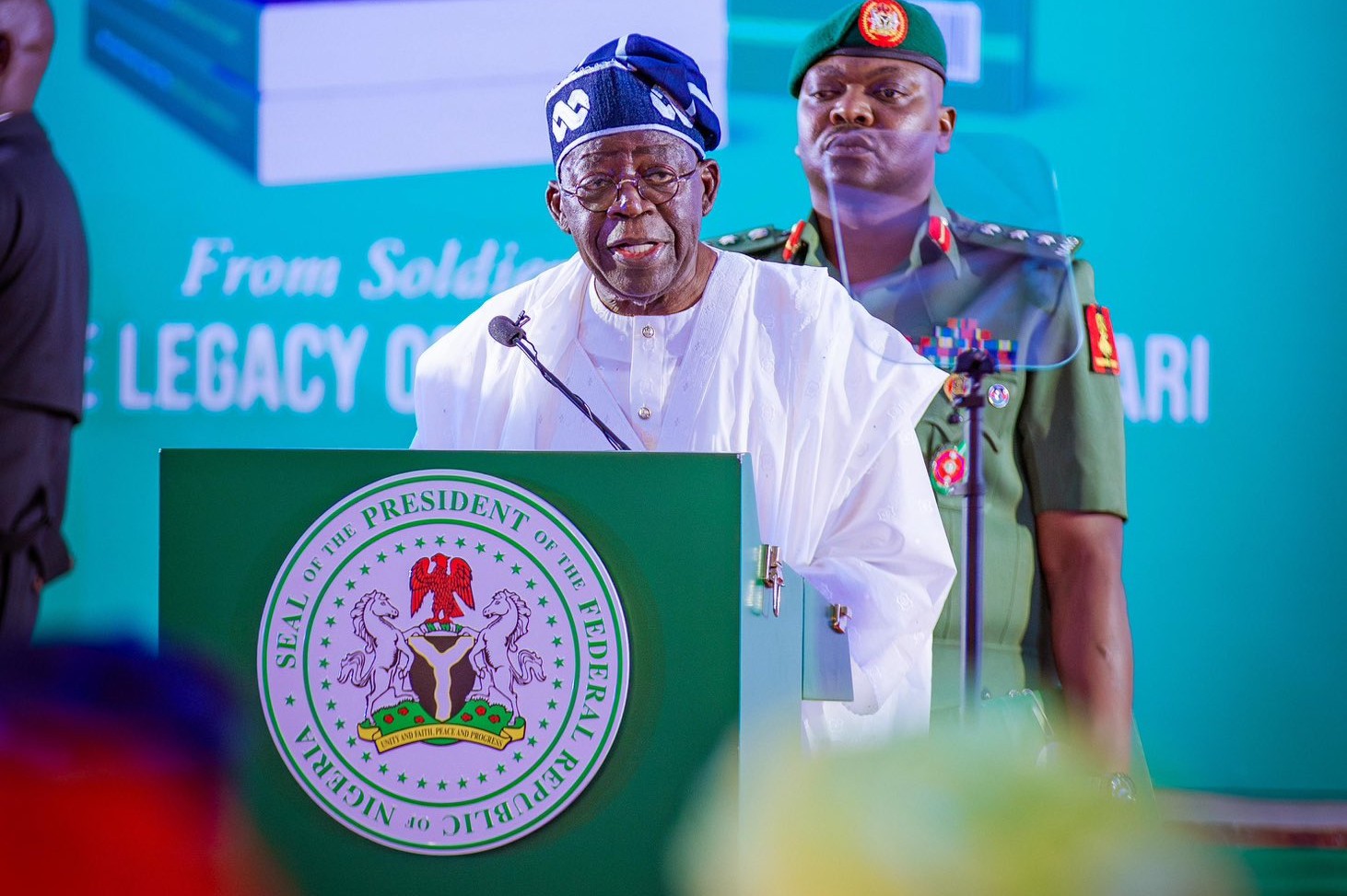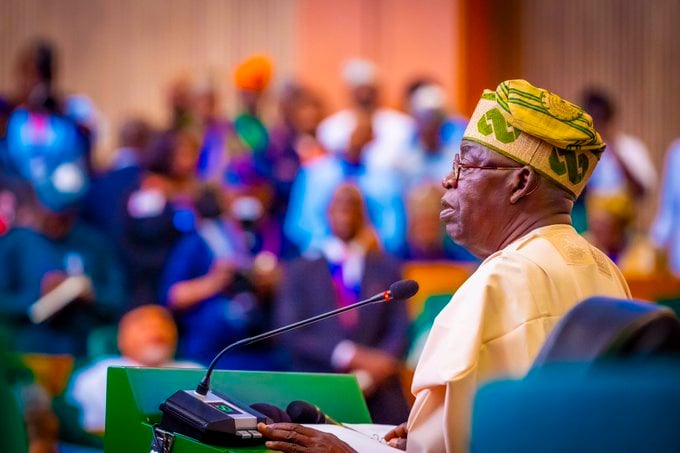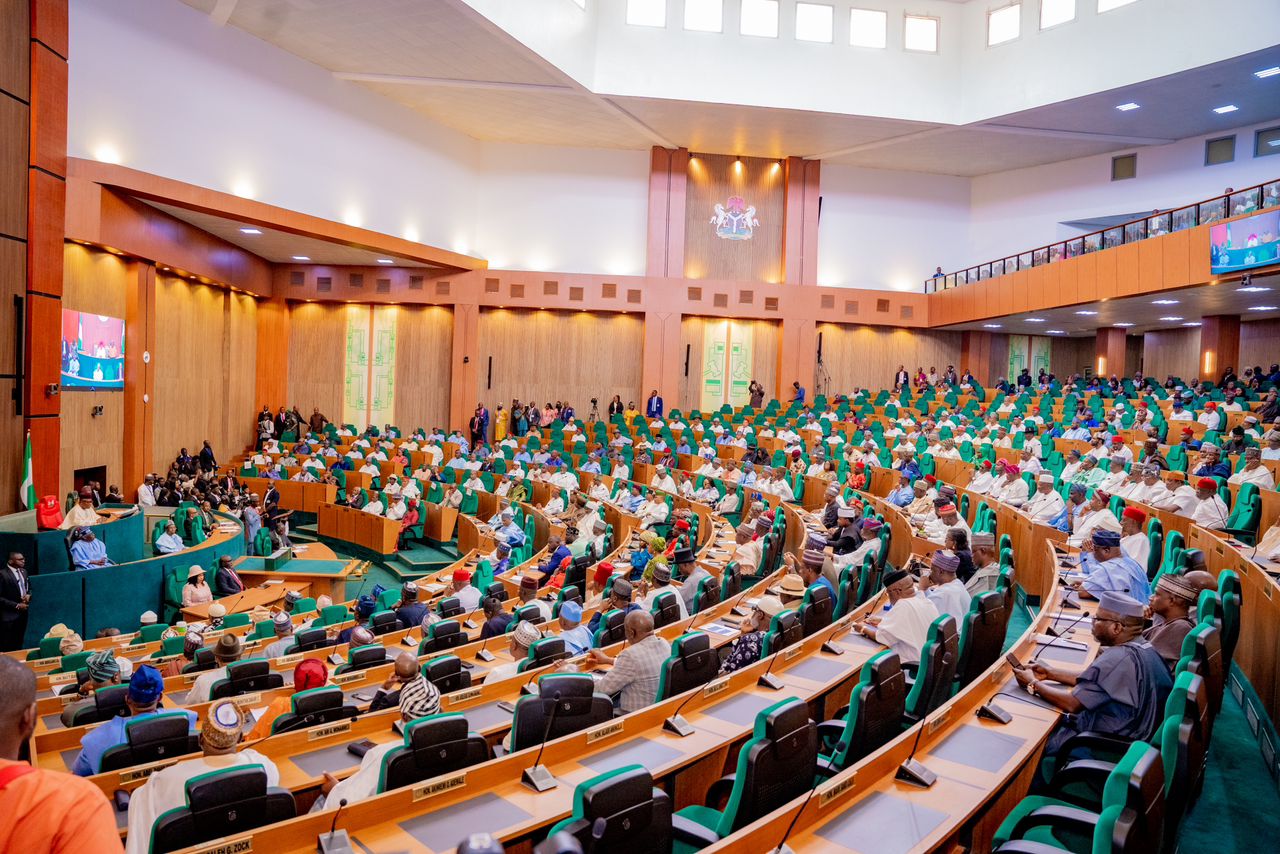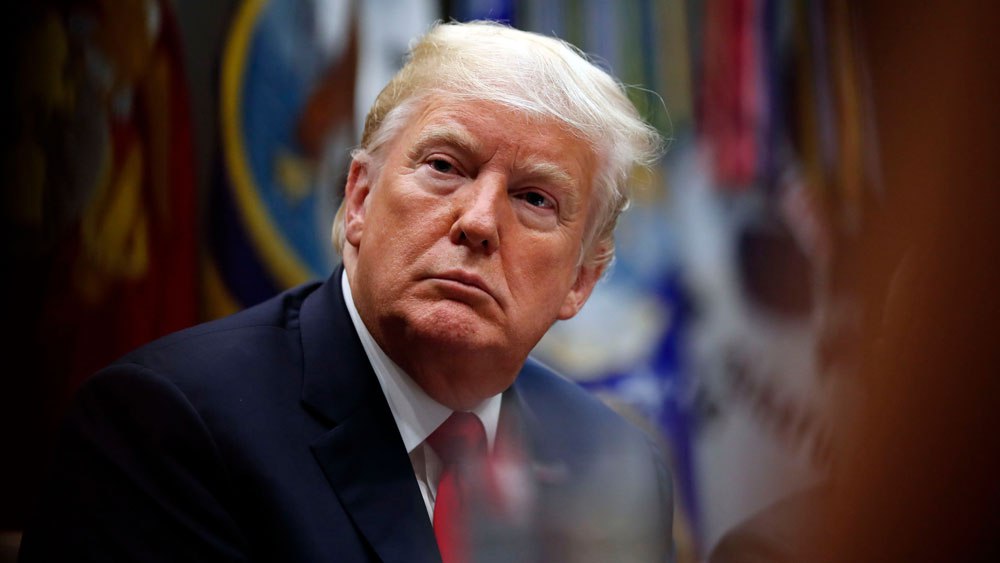As the trade war between the United States of America and China continues to escalate, the Director-General of the World Trade Organization (WTO), Dr. Ngozi Okonjo-Iweala, has warned that the tariff war could reduce trade in goods between the two economic giants by 80 per cent, potentially dragging down the rest of the global economy.
Okonjo-Iweala, in a statement through her official X handle on Wednesday, said the US and China together accounted for 13% of global trade, warning that the conflict could severely damage the global economic outlook.
The statement reads: “The escalating trade tensions between the United States and China pose a significant risk of a sharp contraction in bilateral trade. Our preliminary projections suggest that merchandise trade between these two economies could decrease by as much as 80%.
“This tit-for-tat approach between the world’s two largest economies — whose bilateral trade accounts for roughly 3% of global trade — carries wider implications that could severely damage the global economic outlook. Our assessments, informed by the latest developments, highlight the substantial risks associated with further escalation.
“The negative macroeconomic effects will not be confined to the United States and China but will extend to other economies, especially the least developed nations.
“Of particular concern is the potential fragmentation of global trade along geopolitical lines. A division of the global economy into two blocs could lead to a long-term reduction in global real GDP by nearly 7%.
“Moreover, trade diversion remains an immediate and pressing threat, one that requires a coordinated global response. We urge all WTO members to address this challenge through cooperation and dialogue.
“It is critical for the global community to work together to preserve the openness of the international trading system. WTO members have agency to protect the open, rules-based trading system. The WTO serves as a vital platform for dialogue. Resolving these issues within a cooperative framework is essential.”
Persecondnews had reported that the US imposed 10% tariffs on Chinese imports in January 2025, prompting China to retaliate with its own set of tariffs.
By February 4, 2025, the US had increased tariffs on Chinese goods by 10 percentage points, with additional 10% tariffs imposed on March 4, 2025.
The trade tensions escalated further, with the US raising tariffs on steel, aluminum, and derivative products from all foreign sources on March 12, 2025, and imposing tariffs on automobile imports on April 3, 2025, followed by an 84 percentage point increase on Chinese goods on April 5-9, 2025.
US tariffs on China have skyrocketed to 104.3%, a staggering increase from pre-trade war rates, prompting China to retaliate with tariffs as high as 106.6% on US exports, escalating a trade war that began in 2018.
This dramatic surge in tariffs under the Trump administration has led to significant economic implications for both countries, including higher prices for consumers and financial strain on farmers.






































Leave a comment